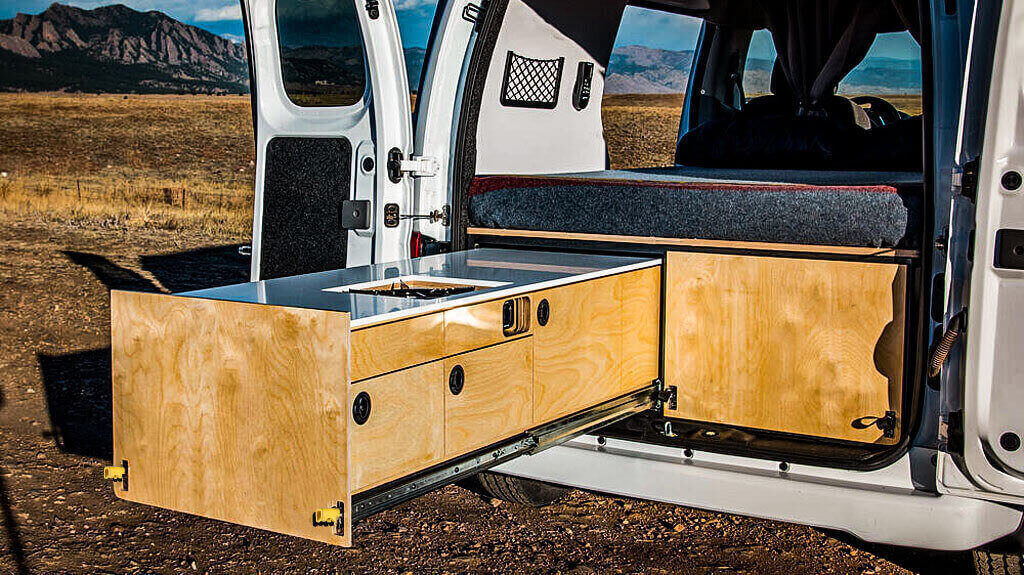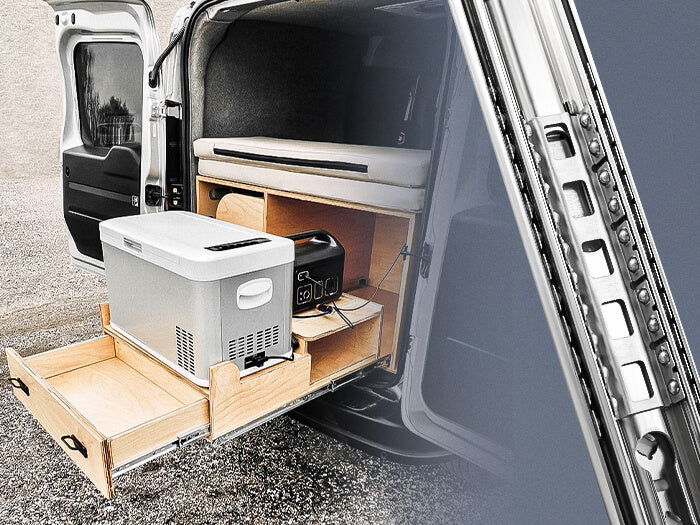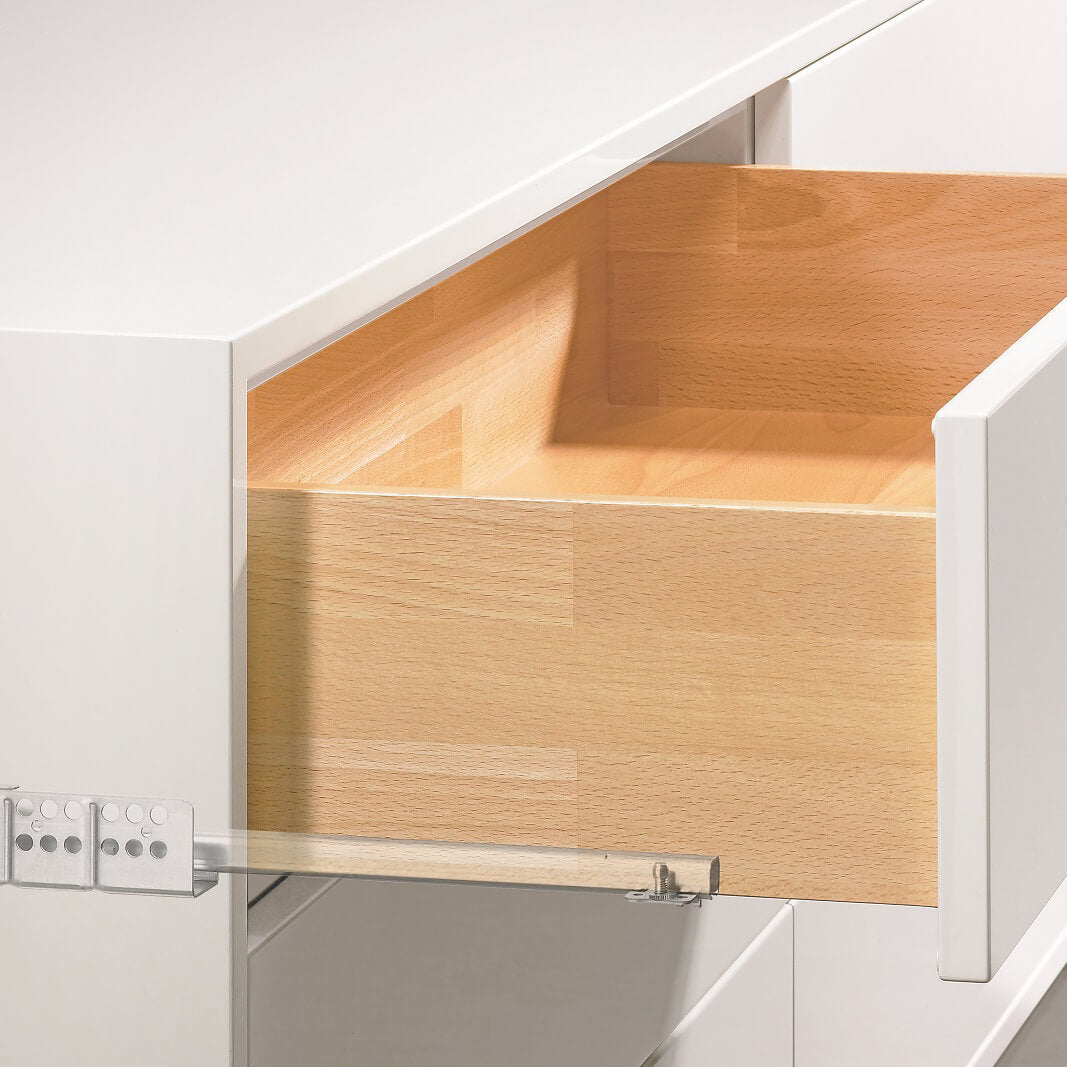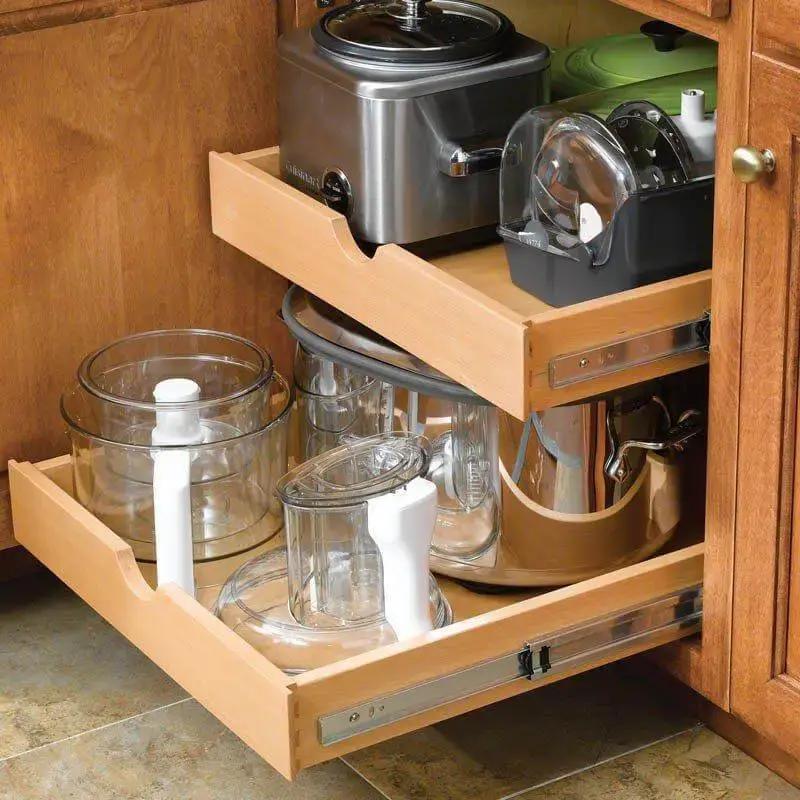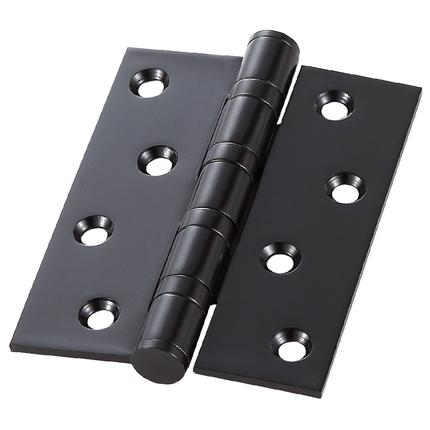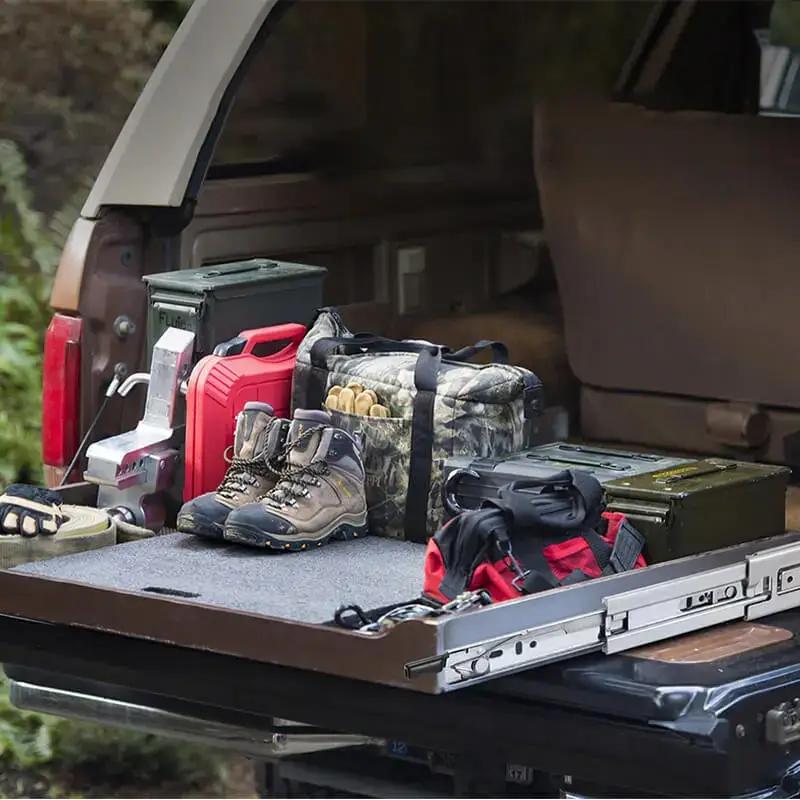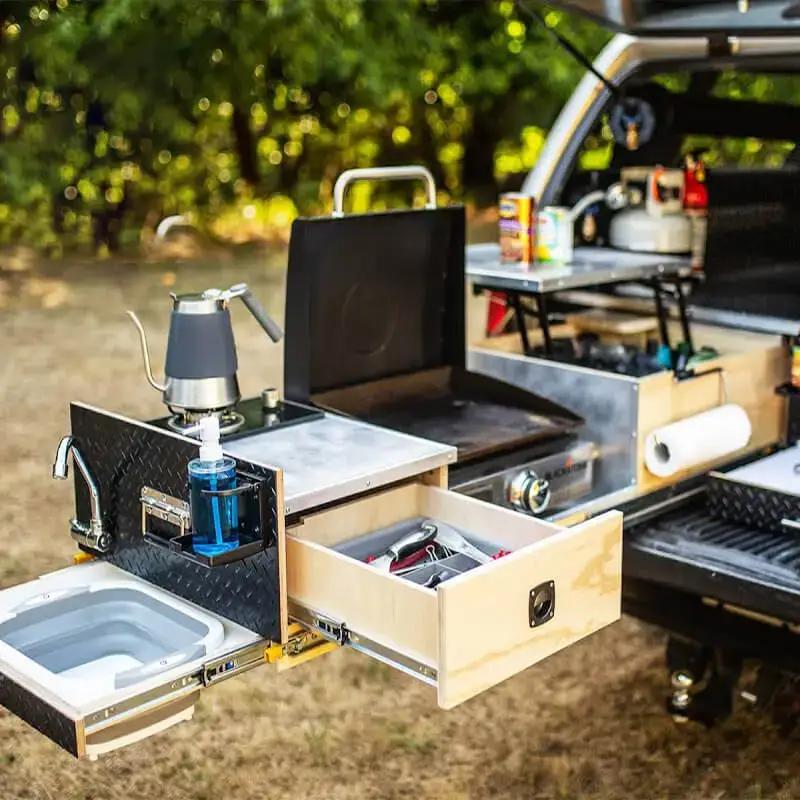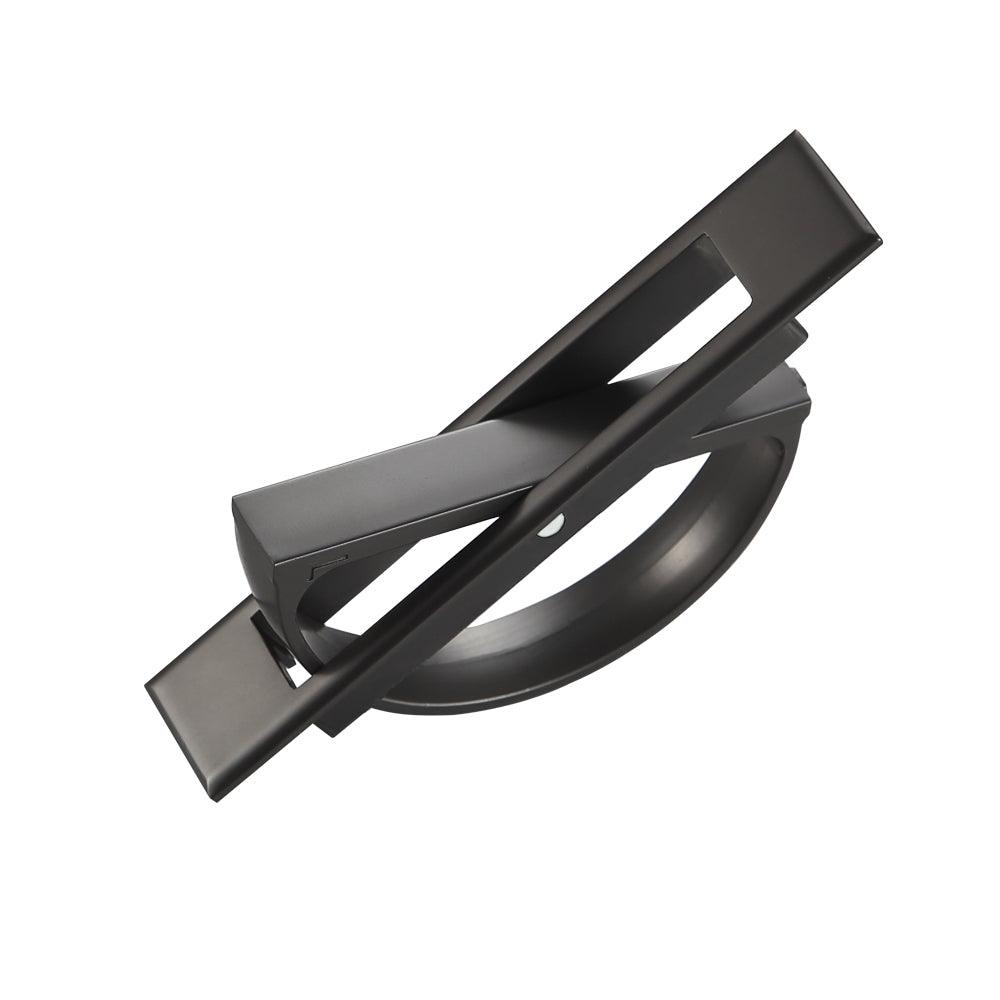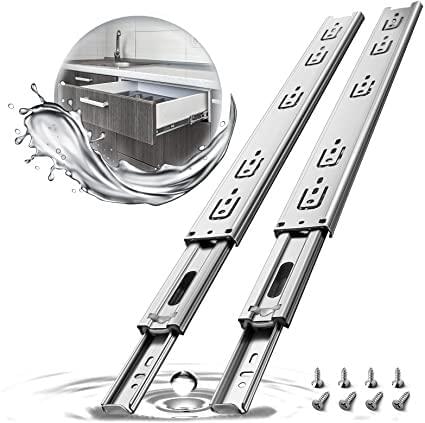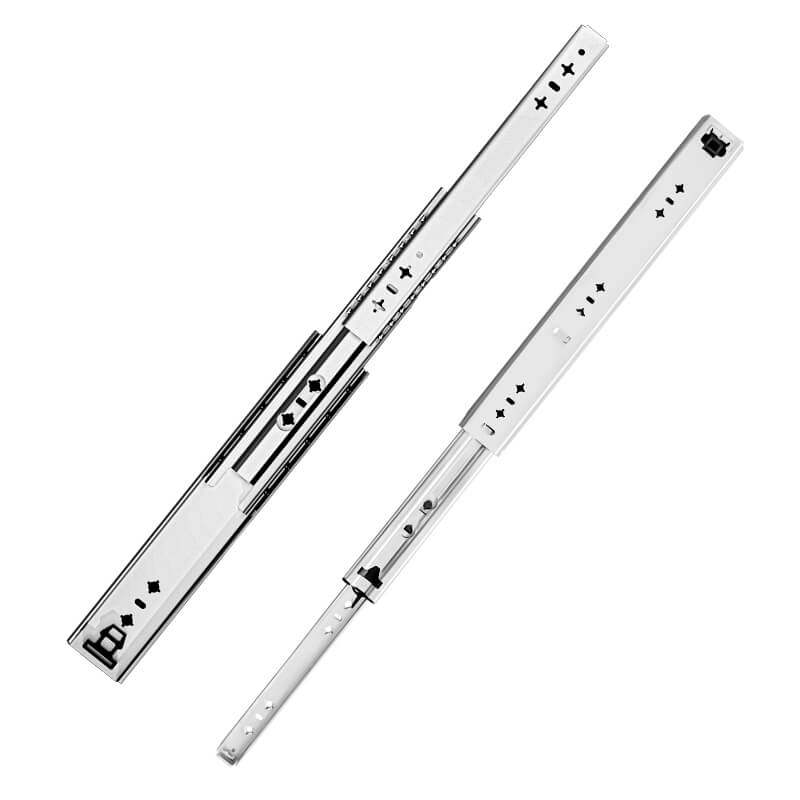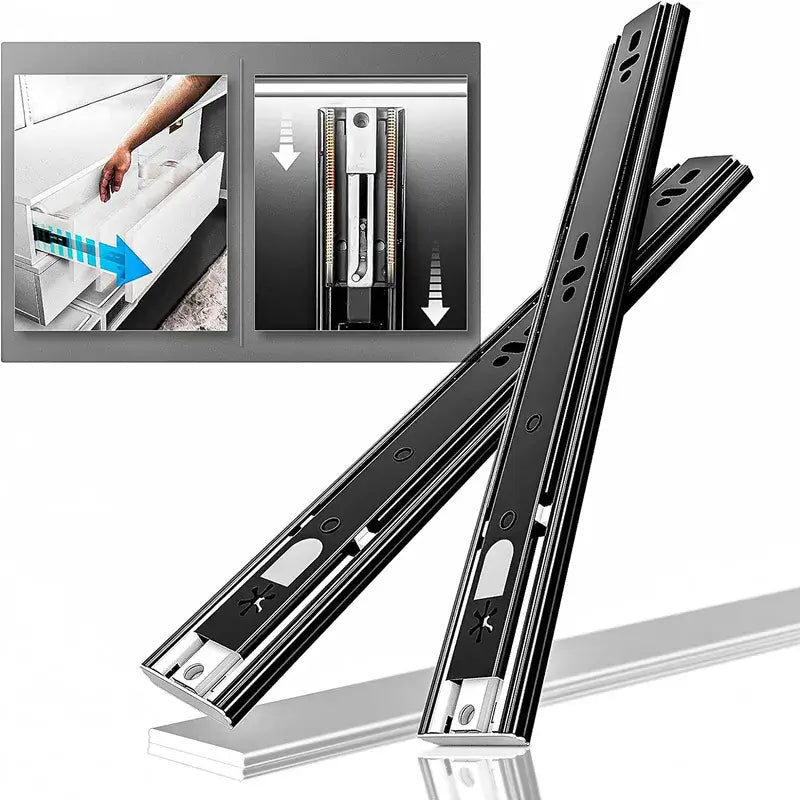When it comes to the functionality and convenience of furniture, even the smallest details can make a significant difference. One such detail that often goes unnoticed but plays a crucial role in the smooth operation of drawers is the drawer glide. Drawer glides are the unsung heroes that allow us to effortlessly open and close drawers without the frustrating jitters or the need for Herculean efforts. Among the various types of drawer glides available, ball bearing drawer glides stand out for their exceptional performance and durability.
In this article, we'll delve into the world of ball bearing drawer glides, exploring what they are, how they work, their advantages, and even tips for installation and maintenance. Whether you're a furniture enthusiast, a DIY enthusiast looking to upgrade your cabinets, or simply someone curious about the mechanics behind everyday items, this guide will provide you with valuable insights into the realm of ball bearing drawer glides. So, let's roll smoothly into the heart of this topic and discover the magic that keeps our drawers gliding seamlessly.
Understanding Ball Bearing Drawer Glides

At the core of every smoothly operating drawer lies a mechanism that has revolutionized the world of furniture design – the ball bearing drawer glide. Unlike traditional friction-based glides, ball bearing glides offer a level of performance and convenience that is unparalleled. Let's dive into the intricacies of these glides to better understand how they work and why they have become a staple in modern furniture.
Definition and Distinction
Ball bearing drawer glides, often referred to as ball bearing slide rails, are mechanical devices used to facilitate the movement of drawers within furniture units. What sets them apart from other types of glides is their ingenious use of ball bearings, tiny spheres typically made from materials like steel or ceramic, which serve as friction-reducing agents. These ball bearings are strategically placed within the glide's mechanism, allowing for fluid and effortless motion.
Mechanism in Motion
The magic of ball bearing drawer glides lies in their internal construction. Each glide consists of a set of tracks or rails attached to both the drawer and the furniture frame. The ball bearings are positioned between these tracks, forming a rolling interface. As the drawer is pulled or pushed, these ball bearings roll along the tracks, greatly reducing the friction that would otherwise hinder the movement.
Materials Matter
The choice of materials for ball bearings is critical to the performance and durability of the glides. Steel ball bearings are commonly used for their strength and load-bearing capacity. In situations where corrosion resistance is paramount, stainless steel bearings might be employed. For applications requiring smoother and quieter operation, ceramic ball bearings come into play. The selection of these materials directly influences the glide's longevity and overall performance.
In the next section, we'll take a closer look at how these ball bearing drawer glides actually operate and the advantages they bring to the table. So, stay with us as we unravel the mechanics behind the seamless gliding motion that has transformed furniture usability.
How Ball Bearing Drawer Glides Work
The beauty of ball bearing drawer glides lies not only in their design simplicity but also in their remarkable efficiency. These glides incorporate a clever use of physics and engineering to ensure smooth, silent, and effortless drawer movement. Let's peek beneath the surface and uncover the inner workings of this ingenious mechanism.
The Ball Bearing Principle
At the heart of ball bearing drawer glides is the concept of rolling motion. Imagine a series of small, spherical ball bearings evenly distributed along the length of the glide's tracks. When a force, such as pulling a drawer, is applied, these ball bearings come into action. As the drawer moves, the ball bearings rotate, allowing the drawer to glide along the tracks with minimal resistance.
Reducing Friction
Traditional drawer glides rely on friction to enable movement, which can lead to wear and sticking over time. Ball bearing glides, on the other hand, minimize friction by replacing sliding surfaces with rolling elements. This design choice not only results in smoother movement but also significantly reduces the wear and tear that would occur with constant rubbing.
Weight Distribution
One of the remarkable features of ball bearing drawer glides is their ability to distribute weight evenly. The ball bearings disperse the load across multiple points of contact, preventing any single point from bearing the full weight of the drawer. This distribution not only ensures stability but also contributes to the glide's ability to support heavy loads without compromising performance.
Silent Operation
Ever noticed how some drawers emit an unpleasant screeching sound when opened or closed? Ball bearing drawer glides eliminate this annoyance. The rolling motion of the ball bearings reduces noise generation to a minimum, resulting in whisper-quiet drawer operation. This is especially beneficial in environments where silence is appreciated, such as bedrooms and office spaces.
Longevity and Durability
Thanks to their design, ball bearing drawer glides exhibit impressive durability. The reduced friction and even weight distribution mean that there is less stress on individual components. This translates to a longer lifespan for both the glides and the furniture they are installed in, making them a wise investment for anyone seeking lasting quality.
In the next section, we'll explore the advantages that ball bearing drawer glides bring to the table. From smooth operation to enhanced longevity, these glides have a lot to offer in terms of functionality and convenience. So, let's glide into the realm of benefits and discover why these glides have become the preferred choice for modern furniture design.
Advantages of Using Ball Bearing Drawer Glides

When it comes to choosing the right type of drawer glides for your furniture, ball bearing drawer glides stand out as a clear winner. These glides offer a host of advantages that contribute to both the functionality and longevity of your furniture pieces. Let's explore the benefits that make ball bearing drawer glides a go-to choice for furniture designers and enthusiasts alike.
1. Smooth and Silent Operation
The hallmark of ball bearing drawer glides is their remarkably smooth and quiet operation. The rolling motion of the ball bearings eliminates the jarring movements and screeching sounds often associated with traditional friction-based glides. This not only enhances user experience but also adds an element of elegance to furniture usage.
2. Weight-Bearing Capacity
Ball bearing glides are engineered to handle substantial weights without sacrificing performance. The ball bearings distribute the weight evenly across the glide's length, preventing strain on individual components. This makes them an excellent choice for drawers that store heavy items or documents, ensuring that the glide remains reliable even under load.
3. Durability and Longevity
Thanks to the reduced friction and even weight distribution, ball bearing drawer glides are built to last. The minimal wear and tear experienced during drawer movement translate to a prolonged lifespan for both the glides and the furniture itself. This durability factor makes them a cost-effective investment in the long run.
4. Minimal Maintenance
Maintaining ball bearing drawer glides is a breeze compared to other glide types. The rolling motion inherently reduces the accumulation of dust and debris that can hinder performance. Additionally, occasional lubrication of the ball bearings ensures continued smooth operation, requiring far less maintenance than other glide systems.
5. Aesthetics and Functionality
Ball bearing drawer glides not only provide functional benefits but also contribute to the overall aesthetics of the furniture. With no visible hardware required for their operation, these glides offer a clean and sleek appearance, allowing the focus to remain on the design and finish of the furniture piece.
6. Full Extension Capability
Many ball bearing drawer glides are designed for full extension, meaning that the drawer can be fully pulled out of the furniture unit. This feature offers unparalleled accessibility, allowing users to reach even the items stored at the back of the drawer without straining or contorting.
- Versatility in Applications
From kitchen cabinets to office desks and bedroom dressers, ball bearing drawer glides find their place in a wide range of furniture pieces. Their versatility in different applications showcases their adaptability to various furniture designs and usage scenarios.
As we move forward, we'll take a closer look at the different types of ball bearing drawer glides available in the market. Whether you're looking for full extension or partial extension capabilities, there's a ball bearing glide type tailored to your specific needs. So, let's explore the options and understand how to choose the right glide for your furniture project.
Types of Ball Bearing Drawer Glides
When it comes to ball bearing drawer glides, one size does not fit all. These versatile glides come in different types, each catering to specific needs and preferences. Whether you're aiming for full extension or dealing with limited space, there's a type of ball bearing glide that suits your requirements. Let's explore the two main categories: full-extension and partial-extension ball bearing glides.
1. Full-Extension Ball Bearing Glides:
Full-extension glides are designed to provide complete access to the contents of a drawer by allowing it to fully extend outside the furniture unit. These glides are particularly popular in kitchen cabinets, office filing systems, and storage solutions where maximizing accessibility is crucial. The benefits of full-extension glides include:
Maximum Accessibility: With the ability to pull the drawer all the way out, users can easily reach items at the back without straining or contorting.
Efficient Organization: Full-extension glides enable clear visibility of the entire drawer contents, making it easier to organize and locate items.
2. Partial-Extension Ball Bearing Glides:
Partial-extension glides, as the name suggests, only allow the drawer to extend partially from the furniture unit. While they don't offer the same level of access as full-extension glides, they have their own set of advantages, making them suitable for specific applications. These include:
Space-Saving: In situations where space is limited, such as in compact kitchens or small offices, partial-extension glides can be ideal as they don't require as much clearance.
Preventing Overextension: Partial-extension glides prevent drawers from being accidentally pulled out too far, which can be especially useful in environments where safety is a concern.
Choosing the Right Type:
The choice between full-extension and partial-extension glides depends on the specific needs of your furniture project. Consider factors such as the intended use of the furniture, available space, and the level of accessibility required. Both types of glides offer the signature smooth and quiet operation associated with ball bearing mechanisms, ensuring a high level of user satisfaction.
In the next section, we'll delve into the factors that should be taken into account when choosing ball bearing drawer glides for your furniture project. From load capacity to installation considerations, making an informed choice will ensure optimal performance and longevity of your furniture. So, let's uncover the key considerations and make selecting the right glide a breeze.

Conclusion
In the world of furniture design and functionality, ball bearing drawer glides emerge as unsung heroes that bring unparalleled convenience and performance to everyday living. These ingenious mechanisms have transformed the way we interact with our drawers, making the simple act of opening and closing them a seamless and silent experience. As we conclude our exploration of ball bearing drawer glides, let's recap the key insights we've uncovered.
From the moment you pull open a drawer, the magic of ball bearing glides is set in motion. The principle of rolling motion, facilitated by strategically placed ball bearings, ensures smooth and effortless movement. Unlike traditional glides that rely on friction, ball bearing glides minimize wear and tear, offer exceptional weight-bearing capacity, and contribute to whisper-quiet operation.
The advantages of ball bearing drawer glides extend far beyond their mechanics. Their durability ensures that your furniture investment stands the test of time, while the minimal maintenance required keeps your drawers gliding seamlessly for years to come. These glides not only enhance the functionality of your furniture but also add an element of elegance to its design.
When it comes to choosing ball bearing drawer glides, understanding the different types is crucial. Whether you opt for full extension glides for maximum accessibility or partial extension glides for space-saving solutions, both types share the same commitment to smooth and reliable performance.
As you embark on your furniture projects, keep in mind the factors that influence your choice of ball bearing glides. From load capacity to installation requirements, each consideration plays a role in ensuring that your furniture functions optimally and remains a valuable addition to your space.
In closing, the world of ball bearing drawer glides is a testament to how small yet innovative mechanisms can have a profound impact on our daily lives. So, the next time you open a drawer effortlessly, you'll have a deeper appreciation for the technology that makes it all possible. Whether you're a furniture designer, a DIY enthusiast, or simply someone who appreciates the art of engineering, the journey into the realm of ball bearing drawer glides is one filled with smooth gliding and silent satisfaction.
Frequently Asked Questions
What is the disadvantage of ball bearings?
Despite their numerous advantages, ball bearings do have a potential drawback – susceptibility to contamination. If dirt, dust, or debris enters the bearing housing, it can hinder the smooth rolling motion of the balls. This contamination can lead to increased friction, noise, and even premature wear of the bearing surfaces. Regular maintenance and proper sealing can mitigate this issue.
What are the benefits of ball bearing slides?
Ball bearing slides offer several significant benefits. They provide exceptionally smooth and quiet drawer operation due to the rolling motion of the ball bearings. These glides can handle heavy loads with ease, distributing weight evenly along the glide's length. Their design minimizes wear and tear, resulting in extended durability and longevity. Furthermore, ball bearing slides are easy to maintain, requiring occasional lubrication and cleaning. Overall, they enhance furniture usability and add a touch of sophistication to design.

